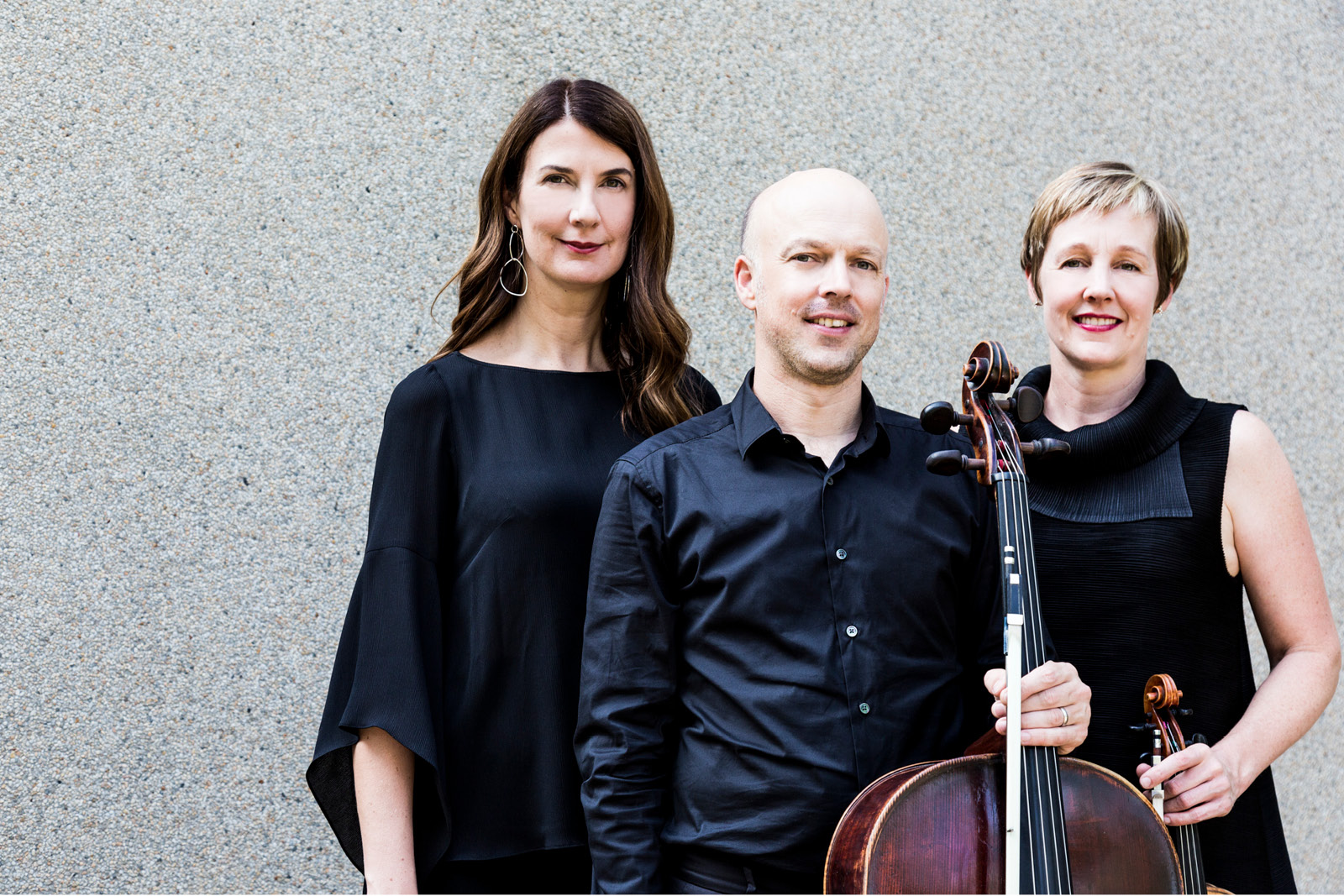Unlike the perfectly matched forces of a string quartet, the instruments of a piano trio form a motley crew. Apart from the obvious size issue, piano and strings do not even speak with the same tongue.
 Seraphim Trio. Photo © Pia Johnson
Seraphim Trio. Photo © Pia Johnson
One produces struck sounds, the others bowed. How could a cello imagine itself the equal of a grand piano, the size of a small car? And how could a piano ever hope to attain the cantabile of a bowed instrument? Who ever could have thought this was a good idea?
Rather like the human being, the piano trio was never invented whole, but evolved over time. It sprang partly from the Baroque tradition of trio sonata, in which the cello joined the keyboard’s left hand, in obligato accompaniment of a solo instrument. Over the years, composers found creative ways to manage the genre’s flaws. Perhaps it is these flaws that lend the piano trio its creative tension, such as the problem of balance, which was solved anew in every era.
For Seraphim’s Trio Through Time project, we recorded twelve trios, from Mozart to Sculthorpe, offering a vantage point over two centuries of human...










Comments
Log in to join the conversation.